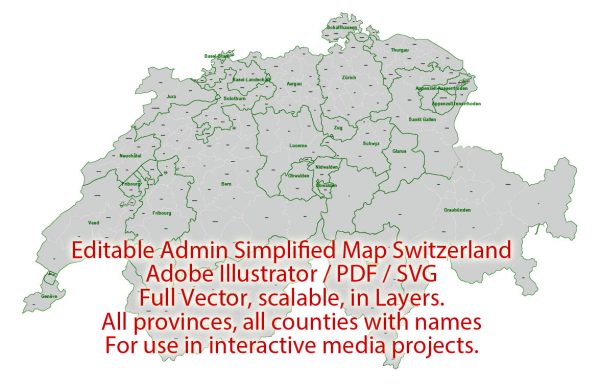Switzerland’s history of urban development is characterized by a combination of factors, including its geographical features, political structure, economic activities, and cultural influences. Here is a brief overview of key aspects of Switzerland’s urban development:
- Geographical Context:
- Switzerland is a landlocked country in the heart of Europe, known for its mountainous terrain, lakes, and valleys.
- The country’s topography has played a crucial role in shaping its urban development. The presence of the Alps has led to the formation of cities and towns in valleys, where transportation and economic activities are more viable.
- Medieval Towns and Trade:
- During the medieval period, Switzerland consisted of numerous small, independent city-states and towns.
- These towns often developed along trade routes, fostering economic growth and cultural exchange. Key cities like Zurich, Basel, and Geneva emerged as centers of commerce and cultural activities.
- Confederation and Neutrality:
- The Swiss Confederation was formed in the 13th century, uniting various cantons for mutual defense against external threats.
- Switzerland’s commitment to neutrality has allowed its cities to avoid the destruction that many European cities faced during wars, contributing to the preservation of historical urban centers.
- Industrialization and Urbanization:
- In the 19th century, Switzerland underwent industrialization, transforming the economy and leading to increased urbanization.
- Cities such as Zurich and Geneva became industrial and financial centers, attracting a growing population seeking employment in factories and service industries.
- Modern Urban Planning:
- Switzerland has been proactive in modern urban planning, emphasizing sustainable development and maintaining a balance between urban and natural environments.
- Zoning regulations and green spaces are integral to Swiss urban planning, contributing to the high quality of life in Swiss cities.
- Transportation Infrastructure:
- Switzerland’s well-developed transportation infrastructure, including an extensive rail network, has facilitated the growth of urban areas. Efficient public transportation is a hallmark of Swiss cities.
- Global Financial Centers:
- Cities like Zurich and Geneva have evolved into global financial centers, hosting numerous multinational corporations and international organizations.
- Cultural Heritage and Architecture:
- Switzerland takes pride in preserving its cultural heritage and architectural landmarks. Old town areas in cities like Bern and Lucerne showcase well-preserved medieval architecture.
- Multilingualism and Cultural Diversity:
- Switzerland’s multilingual and multicultural nature is reflected in its cities, each with its own linguistic and cultural influences.
- Contemporary Challenges:
- Today, Swiss cities face challenges related to urban sprawl, affordable housing, and environmental sustainability. Efforts are being made to address these issues through thoughtful urban planning.
In summary, Switzerland’s history of urban development is shaped by its unique geographical features, political structure, and commitment to cultural preservation. The country’s cities have evolved from medieval trading posts to modern hubs of finance, innovation, and cultural diversity.



 Author: Kirill Shrayber, Ph.D.
Author: Kirill Shrayber, Ph.D.